Front End Engineering Design or FEED is an engineering design approach adopted prior to detailed engineering, procurement, and construction. It is an important engineering design phase that is used to control project expenses and thoroughly plan a project before bid submission. Benchmark studies have shown that FEED constitutes roughly 2% of the project cost but properly executed FEED projects can reduce up to 30% of costs during design and execution. In this article we will discuss more about FEED project details with respect to oil and gas projects.
What is FEED?
Front-End Engineering Design (FEED) is a crucial phase in the project lifecycle of oil and gas developments. It bridges the gap between project conceptualization and detailed engineering design. FEED focuses on defining the project scope, establishing technical requirements, and providing cost and schedule estimates. It aims to ensure that the project is well-defined before significant capital is committed. FEED serves as the blueprint for project execution, laying down the framework that guides detailed engineering, procurement, and construction phases.
Front-end engineering design is a basic engineering phase conducted after conceptual design or feasibility study. FEED is also known as Front End Loading or Front End Engineering (FEE).
Applications of FEED
Front End Engineering Design has its uses across various industries. Here are the sectors that use FEED at different stages of their applications.
- Oil & Gas
- Construction
- Automation
- Manufacturing
- Chemical processing
- Process Industry
- Production line design
- EPC
- Power Generation
- Refining
- EPCIC
- Equipment design
- Process system design
- Machine Vision
- Pharmaceuticals
- Petrochemicals
- Food & Beverages
Purpose of Front-End Engineering Design
The main purpose of FFED or Front End Engineering Design is
- to define the technical and project-specific requirements for an understanding of the clear project scope.
- to prepare the project approach and basis of design for the system.
- to develop a good project cost estimate for budget authorization.
- to reduce the risk of the project.
- to estimate the project duration and schedule during the detailed design phase.
- to identify potential risks early to enable the development of mitigation strategies to address them.
A number of preliminary engineering documents are produced in the front-end engineering design phase (Click here to learn about all 12 phases of project implementation) which are used as the start-up documents for the detailed engineering design phase. Combinedly, these documents are known as the “FEED Package”. A good FEED package reflects all of the client’s project-specific requirements to avoid significant changes during the execution phase. The FEED package forms the basis for the design execution of EPC or EPCM projects.
Time Duration for FEED Project
FEED projects are fast-track engineering projects. The time duration for a front-end engineering design project is normally less than one year. So, it requires enough experience to execute FEED projects with safety within a short time period. Close communication between Project Owners and Operators (Client) and the Engineering Consultant is required to address all the client requirements in the FEED package.
Types of FEED Project
Depending on the extent of the detailing required during front-end engineering design phases, FEED projects can be categorized into three groups
- Basic FEED
- Intermediate FEED and
- Extended FEED
Front End Engineering Design Deliverables
Considering Piping Engineering as the basis, the front-end engineering design deliverables for a FEED project can be listed as follows:
- Basic FEED deliverables:
- Overall Plot Plan
- PMS or Piping Material Specification.
- Tie-in Details
- Intermediate FEED deliverables:
- Deliverables mentioned in Basic FEED
- Piping Purchase Specification
- Piping Layout Design Basis
- Piping Stress Analysis Design Basis
- Interface Register
- Demolition Scope details/drawings
- Concept Notes on the overall plot plan
- The assumption on the design basis
- Extended Feed deliverables:
- Deliverables mentioned in Basic and Intermediate FEED
- Unit Plot Plan
- Equipment Layout
- Pipe-rack sections
- Pipe thickness Calculation
- Valve datasheets
- Preliminary Stress Analysis for pipe routing/civil loading
- Piping Support Standard
- Special Item list
- Piping Standard Assembly Drawings
- Piping Scope of Work
- Preliminary 3D Model
Typical FEED engineering deliverables with respect to the process engineering team are
- Process Flow Diagrams (PFD) and Preliminary P&ID Generation
- Process modeling
- Technical specification and design basis creation
- Equipment specification and sizing
- Safety device sizing and selection
- Full hydraulic calculations
- Pipe Sizing
Benefits of FEED in Oil and Gas Projects
The FEED phase offers several benefits, which significantly impact the overall success of oil and gas projects:
1. Enhanced Project Clarity
FEED provides a clear and detailed design blueprint, reducing ambiguity and setting well-defined project goals. This clarity helps in aligning all stakeholders and minimizing misunderstandings.
2. Improved Cost Control
By providing accurate cost estimates and identifying potential cost overruns early, FEED enables better financial planning and budget control. This reduces the likelihood of unexpected expenses during later stages.
3. Reduced Project Risk
Early identification and assessment of risks allow for the development of effective mitigation strategies. This proactive approach helps minimize delays and avoid costly setbacks.
4. Regulatory Compliance
FEED ensures that the project design adheres to regulatory requirements and industry standards. This compliance is crucial for securing permits and avoiding legal issues.
5. Optimized Project Schedule
A well-defined FEED phase contributes to a more accurate project schedule, helping to streamline the construction and commissioning phases. This reduces the risk of project delays and ensures timely completion.
Inputs required for FEED Project
Roughly the following inputs are required to proceed with a FEED project
- FEED Engineering Scope of Work
- Feasibility Study Report
- Location and Details of the area where the plant will be built
- List of Applicable Codes and Standards
- Customers technical practices
Overall, the FEED phase is considered an important and critical planning tool.
What comes after front-end engineering design or FEED Engineering?
Front-End Engineering Design identifies all technical requirements, potential risks, and approximate costs of the proposed project. Once there is a green signal for the project execution, Detailed Design Engineering, Detailed Engineering, or DD Engineering comes into place. So, Detailed Engineering comes after FEED engineering.
What is a FEED study?
The Front-end engineering and design process is one of the most important pre-project planning activities. A typical FEED study consists of producing technical documents, confirming product specifications, clarifying the project scope, and estimating the approximate project cost.
What is pre-FEED engineering?
Pre-FEED Engineering is a preliminary step that is usually undertaken before starting the basic engineering work. Pre-FEED engineering is an optional project phase and may be skipped. In the pre-FEED stage, the technical and economic feasibility of the project is sometimes confirmed. Depending on the nature of the project and the uncertainties involved, pre-FEED work may be combined with conceptual work and studies.
What is the front end of a project?
The front-end phase of a project is the initial phase of a project when the project idea is conceived. The front-end phase of the project ends when the final decision to start or not start the project is made.
Differences between FEED and Detailed Engineering: FEED vs Detailed Engineering
Both FEED and detailed engineering are completely different terms in a project life cycle. FEED is the basic engineering with the aim of establishing the project costing. Whereas, detailed engineering is the actual detailed project work for design and construction. Some of the major differences between detailed engineering and FEED engineering are tabulated below:
| FEED Engineering | Detailed Design Engineering |
| Front End Engineering Design is an up-front basic engineering phase. This is an early phase after conceptual design; which precedes Detailed Design. | Detailed Engineering is the design phase when all design work is done in detail to put into construction and operation. It follows FEED; comes after project approval and before construction. |
| FEED develops a comprehensive design basis and outline of the project. | Detailed Design finalizes all technical details required for construction and installation. |
| FEED is done mainly to assess the cost and produce preliminary basis documents. It provides a preliminary cost estimate and budget analysis. | Detailed Engineering is the design phase when all design work is done in detail to put into construction and operation. It offers more accurate and detailed cost estimates based on the finalized design. |
| FEED is done with an acceptable level of accuracy. It is a high-level design with preliminary specifications and layout. | Detailed engineering is done with utmost accuracy. It is a detailed design with precise calculations, materials, and dimensions. |
| The time requirement of FEED engineering is short. | Detailed Engineering requires more time as compared to FEED. |
| The cost and manpower requirement for the FEED project is less. | Detailed Design needs more manpower and the associated cost is also much higher than the FEED stage. |
| The FEED phase may not end with Detailed Engineering | All Detailed Engineering projects usually have a FEED phase. |
| FEED outlines a preliminary project schedule with major milestones. | DD develops a detailed construction schedule with specific tasks and deadlines. |
| The FEED phase identifies potential risks and develops preliminary mitigation strategies. | The DD phase refines risk assessments with more detailed analysis and updated mitigation plans. |
| FEED allows for design changes and refinements as the project scope is defined. | The detailed design phase focuses on finalizing and locking in design details with minimal changes. |
| During FEED, a FEED report is produced summarizing the design approach, cost, and schedule estimates. | Detailed design generates detailed engineering documents, including drawings, specifications, and calculations. |
Front-End Engineering Design (FEED) is a pivotal phase in the lifecycle of oil and gas projects, setting the stage for successful execution and project delivery. By providing a comprehensive design blueprint, cost estimates, and risk assessments, FEED ensures that projects are well-planned and positioned for success.

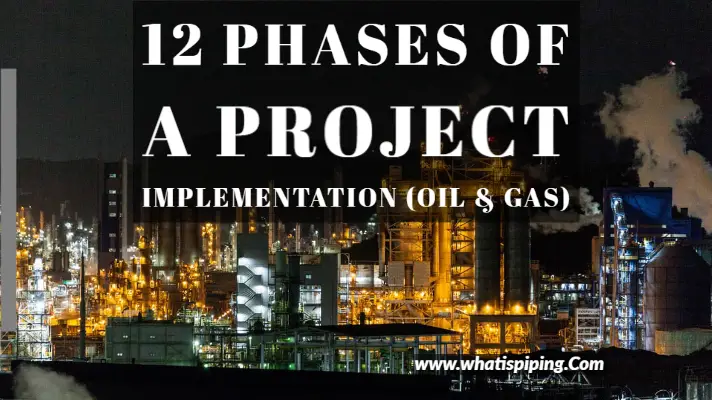
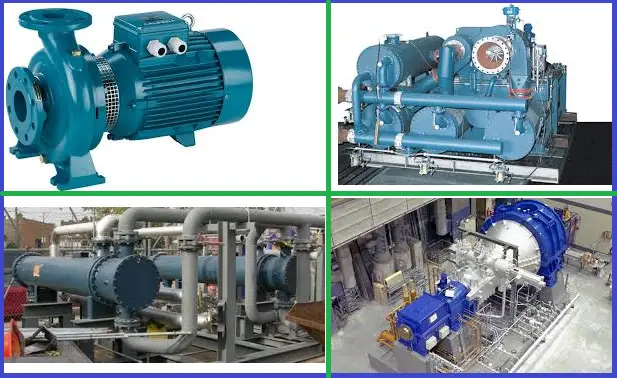

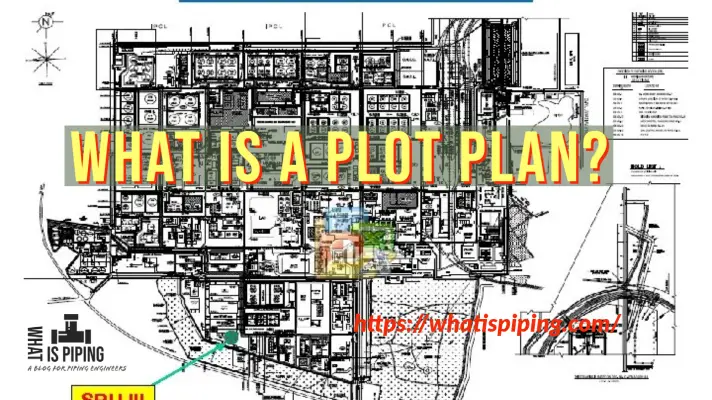


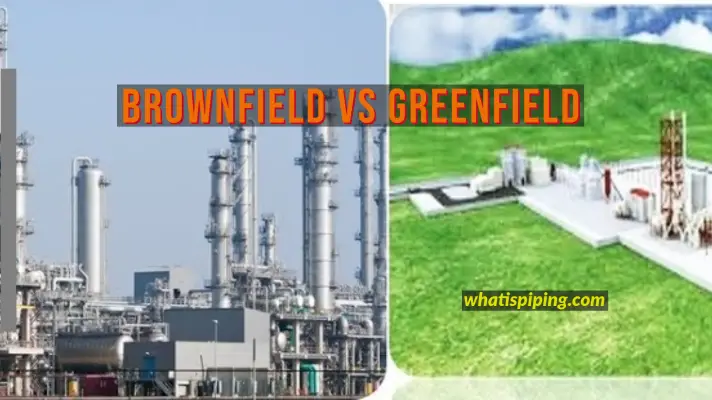
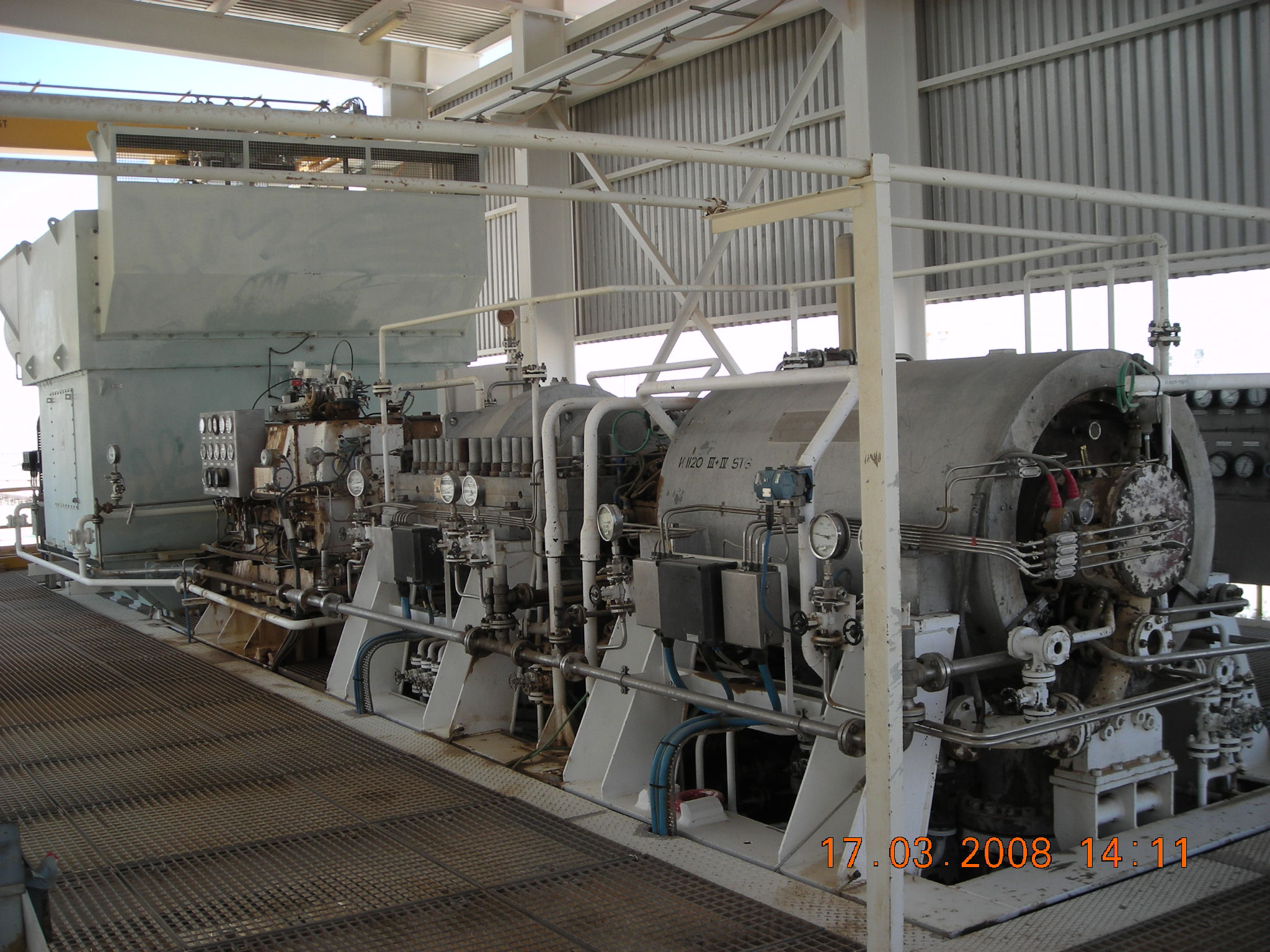
Very nice article
cOULD YOU PLEASE PROVIDE THE BOILER BLOW DOWN CALCULATION.
Good detailed article, thank you.
Dear
Very nice blog for piping. Can you share some past project tenders containing piping work in refineries for refrence.
Typically how long does it take ( no of months for eg) after FEED studies to tender award?
Nice article, useful.
hi, thanks for your article. actually how much detail to be put in FEED stage? and please share your thought on how to manage in-complete information given on FEED document?.
I mean more detail information provided in FEED will provide more accurate project cost/budget estimation from the plant owner.
Most of the time EPC execution are overbudget or delay because of not much detail found on FEED document, while the owner expect more testing, documents, etc during EPC stage and put all the risk to EPC contractor during bidding/proposal stage.
Very nice article. Simple and very understandable. Keep it up!
Hi, nice article. I want to know what information is added in equipment datasheets during detailed engineering after feed stage?
Excellent article. Very informative. Thanks a lot Anup
Consultant who is preparing FEED will also contact Vendor s for various package iteams? details of vendor packages are also a part of FEED or only Vendor package specifications will be prepared by FEED consultant and rest will be done by EPC contractor?
Very informative. Thank you.
I had an interview for FEED Management tomorrow, I prepared myself with the detailed article published by Anup.
Thanks for the article. It is self-explanatory. The provision of FEED by clients actually makes it easier for contractors to have their commercials & technicals documents well articulated.